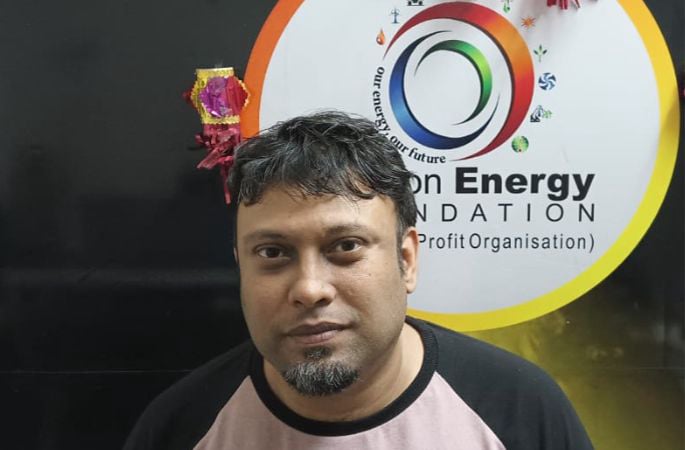Risk Management
Risk management in power plants involves identifying, assessing, mitigating, and monitoring risks that could impact the safe, reliable, and efficient operation of the facility. Power plants face various types of risks, including operational, financial, regulatory, environmental, and safety risks. Effective risk management practices are essential to minimize the likelihood and impact of these risks and ensure the long-term viability of power generation operations. Here are key aspects of risk management in power plants:
Risk Identification: Power plant operators identify and assess potential risks across all aspects of plant operations, including generation, transmission, distribution, and maintenance. Common risks may include equipment failures, fuel supply disruptions, market volatility, regulatory changes, environmental compliance, natural disasters, and cybersecurity threats.
Risk Assessment: Once risks are identified, they are assessed in terms of their likelihood, potential impact, and severity. Quantitative and qualitative risk assessment techniques, such as risk matrices, scenario analysis, and fault tree analysis, may be used to prioritize risks based on their significance and develop risk mitigation strategies.
Risk Mitigation Strategies: Power plants implement risk mitigation strategies to reduce the likelihood or impact of identified risks. Mitigation measures may include preventive maintenance programs, equipment redundancy, contingency planning, insurance coverage, financial hedging, diversification of fuel sources, contractual arrangements, and compliance with regulatory requirements.
Operational Risk Management: Operational risks relate to the day-to-day operation of the power plant, including plant performance, reliability, availability, and safety. Operators implement procedures, protocols, and best practices to manage operational risks effectively, such as regular maintenance, equipment inspections, staff training, emergency response plans, and safety protocols.
Financial Risk Management: Financial risks involve factors that could impact the financial performance and viability of the power plant, such as fluctuating fuel prices, currency exchange rates, interest rates, and revenue uncertainty. Financial risk management strategies may include hedging instruments, financial derivatives, forward contracts, and cost control measures to mitigate exposure to financial risks.
Regulatory Compliance: Power plants must comply with a wide range of environmental, health, safety, and operational regulations imposed by governmental authorities. Compliance risk management involves staying abreast of regulatory requirements, maintaining compliance programs, conducting audits, and implementing corrective actions to address compliance deficiencies.
Environmental Risk Management: Power plants face environmental risks associated with air emissions, water discharges, waste generation, and ecosystem impacts. Environmental risk management strategies focus on pollution prevention, emissions control technologies, environmental monitoring, environmental impact assessments, and stakeholder engagement to minimize environmental impacts and ensure compliance with regulations.
Safety and Health Risk Management: Power plant operations pose inherent risks to worker safety and health due to the presence of hazardous materials, high temperatures, and operating machinery. Safety risk management involves implementing safety protocols, providing personal protective equipment (PPE), conducting safety training, performing hazard assessments, and promoting a culture of safety throughout the organization.
Emergency Preparedness and Business Continuity: Power plants develop emergency response plans and business continuity strategies to address unforeseen events, such as natural disasters, equipment failures, or supply chain disruptions. These plans outline procedures for crisis management, disaster recovery, emergency evacuation, and communication with stakeholders to minimize disruption and ensure continuity of operations.
Continuous Monitoring and Review: Risk management is an ongoing process that requires continuous monitoring, review, and adaptation to changing conditions and emerging risks. Power plants regularly assess risk levels, evaluate the effectiveness of risk mitigation measures, and update risk management plans to maintain resilience and readiness in dynamic operating environments.
By implementing robust risk management practices, power plants can enhance operational efficiency, safeguard assets, protect stakeholders, and mitigate adverse impacts on the environment and communities. Effective risk management contributes to the long-term sustainability and resilience of power generation facilities in an increasingly complex and uncertain operating landscape.









